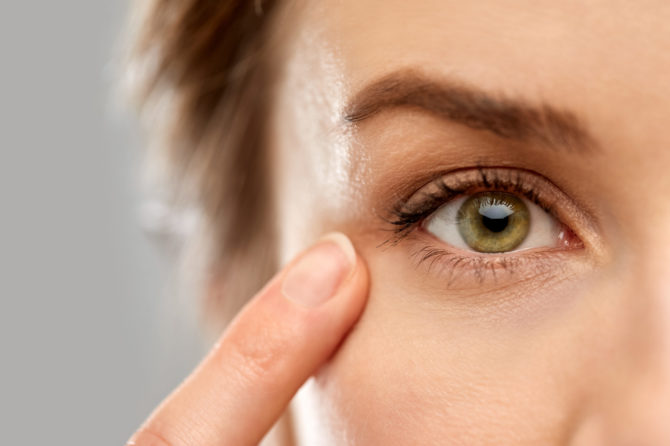
5 Facts About Syphilis Eye Complications
Eyes are sensitive body parts. They can be damaged in a number of ways –– from bright lights, to an accidental poke of a finger. And because human eyes are coated with a mucous membrane, they are susceptible to STD transmission. That’s right –– it’s possible to get an STD in your eye. One of the most dangerous STDs that can infect the eye is syphilis. In this post, we’ll outline five facts regarding syphilis eye complications and inform you how best to deal with this unlikely, but hazardous, possibility:
Several STDs Can Infect the Eye Directly
It’s worth noting now that few STD infections occur directly in the eye. However, it is possible for STDs like syphilis, chlamydia, gonorrhea, and herpes to pass through the eye’s mucous membrane. (Chlamydia in the eyes is referred to as trachoma.) Most often, this occurs when newborns are exposed to infected vaginal fluid during childbirth. Adults may also be at risk for contracting an STD through the eye if their eye comes in contact with an infected fluid, such as semen.
Syphilis is not the only STD that can affect the eyes.
STD Symptoms in the Eye
STDs in the eye are known to cause redness, itching, and irritation. Chlamydia and gonorrhea in the eye may also cause someone to tear up involuntarily, or for discharge to secrete from the eye. Eventually, the eye may even become swollen or the eyelids may become scarred.
How Syphilis Affects the Eyes
Syphilis may enter the body through the eyes, but again, this is very rare. More likely is the possibility of untreated syphilis becoming neurosyphilis, or, in this instance, ocular syphilis. Syphilis is a particularly dangerous STD because, if ignored, it can severely harm the nervous system. So syphilis can contribute to nerve damage, partial or full paralysis, and brain damage. When syphilis enters the optic nerves, it affects vision and may cause complete blindness as well.
STD Eye Damage
The key to preventing STDs like syphilis, gonorrhea, or chlamydia from permanently damaging the eyes is to get tested and treated for these conditions. The good news here is that serious eye impairment as a result of an STD is very rare in modern times. (Though, this wasn’t always the case.)
In regard to syphilis, it can take years for the infection to enter the nervous system. Only in rare instances does syphilis progress this far in adults.
Newborn children are most at risk for developing eye damage as a result of an STD. Given that fact, it’s imperative for all pregnant women to get screened and tested before and during their pregnancy.
Treating STDs in the Eye
As unpleasant as ocular STDs are, they can usually be treated to avoid major vision damage. In fact, chlamydia, gonorrhea, and syphilis are all bacterial infections, which means that they can be cured with antibiotics. As with all STD complications, the key to preventing (or limiting) them is early diagnosis.
Leave a reply

Leave a reply